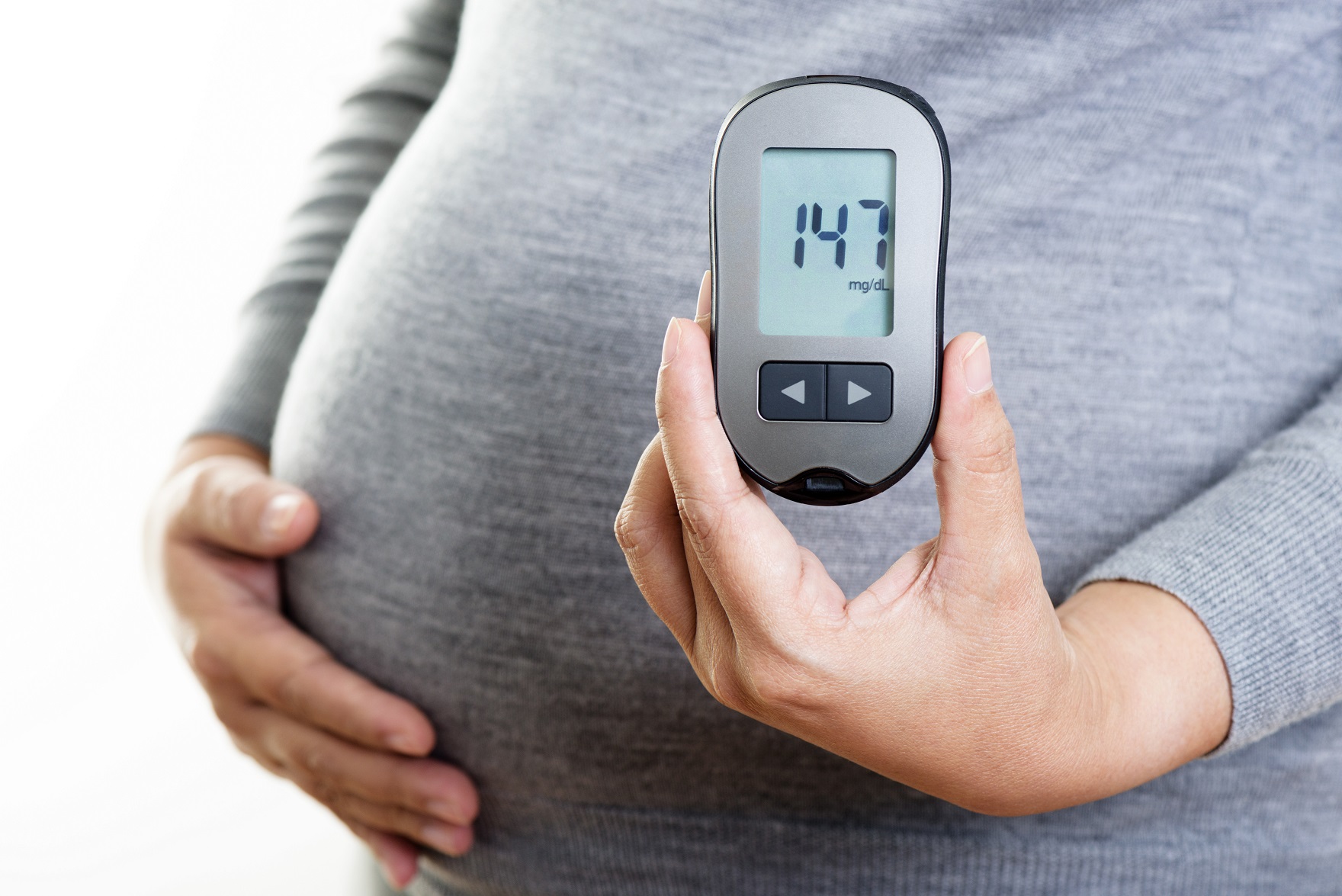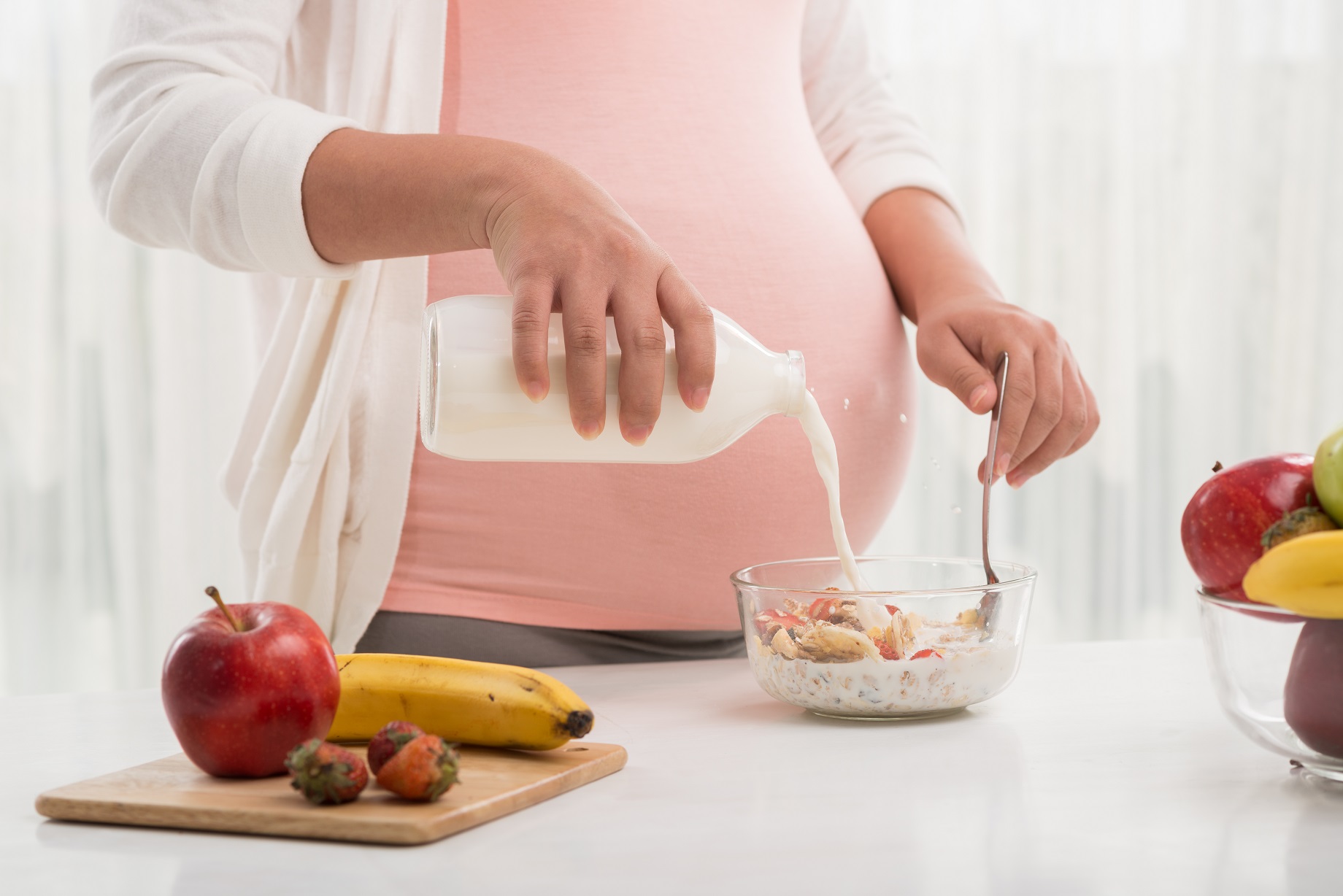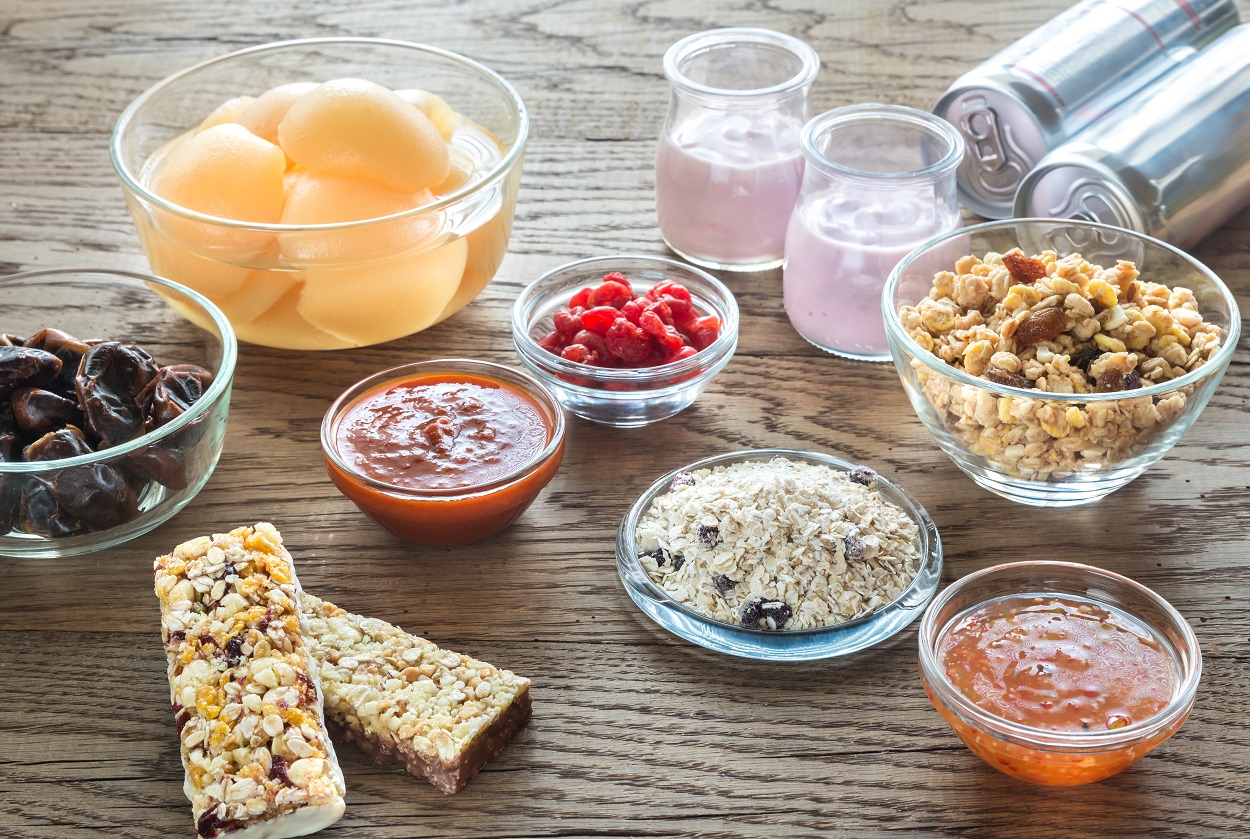


Gestational Diabetes Mellitus (GDM) is a temporary form of diabetes that occurs during pregnancy. Women with no prior record of diabetes develop high blood sugar levels that usually arise in the second half of the pregnancy. While GDM resolves itself soon after the baby is born, women with a history of GDM have an increased risk of developing type 2 diabetes later in life.1
All expectant mothers will be tested for GDM at some point in their pregnancy, and it affects 1 in every 5 women. Recent data has shown that up to 50 per cent more pregnant women in Singapore have been diagnosed with gestational diabetes in 2018.1
The danger of GDM arises when expectant mothers treat it as nothing more than a passing phase, believing it will resolve itself after their pregnancy. If left untreated, expectant mothers may develop high blood pressure or go into pre-term labour, which leads to an increased risk of both mother and foetal death.
When managed properly, women with GDM go on to have a healthy pregnancy and deliver healthy babies. Keeping GDM in check boils down to one factor – your diet. Healthy eating makes all the difference when it comes to GDM, as you are in control of keeping your blood sugar levels within a healthy range.
READ ON FOR TIPS ON HOW TO COPE WITH GDM AND HOW TO AVOID THOSE HIDDEN SUGAR TRAPS

Three Meals and Three Snacks a Day
The first step to managing GDM is to be able to stabilize your blood sugar levels within a healthy range throughout the day. To do so, it is helpful to learn the factors that can cause blood sugar levels to spike.
One such factor is eating too much in a single meal, which can cause blood sugar levels to fluctuate uncontrollably due to the sudden intake of carbohydrates. While carbohydrates are a necessary fuel source for you and your baby, an excessive amount raises blood sugar levels beyond the healthy range.
A good way to combat this is to portion your daily foods into three meals a day with three snacks like so:
Eating spaced out meals every 2 to 3 hours provides a consistent fuel source while allowing you to spread out your daily intake of carbohydrates throughout the day.
Another key factor is to avoid skipping meals, as it may cause you to eat a larger serving in a single sitting to curb your hunger. It is important to keep to a scheduled meal plan to keep yourself feeling full while maintaining a healthy blood sugar level.
Breakfast: The Most Important Meal of the Day
Since blood sugar levels tend to be the highest in the morning, breakfast is the most important meal to limit the intake of carbohydrates. Foods like refined cereals, fruit juices and milk are high in carbohydrates that may cause blood sugar levels to spike.
Expectant mothers with GDM are encouraged to eat a small breakfast that is rich in proteins while keeping carbohydrates to a minimum. Choosing carbohydrates that are high in fibre like whole grains, potatoes or legumes can also provide more nutrition both for mother and baby.
A recommended breakfast consists of:
If blood sugar levels are consistently high in the morning, opt for a bedtime snack that includes both protein and carbohydrates to keep blood sugar levels in check during the night.
READ ON FOR THOSE HIDDEN SUGAR TRAPS YOU NEED TO AVOID

Learn How to Spot Hidden Sugars
Expectant mothers with gestational diabetes may have to reconsider regular food choices, especially when it comes to hidden sugar. These everyday foods are surprisingly high in sugar and can wreak havoc on blood sugar levels.
While it is marketed as a source of vitamins and minerals for the body, a single glass contains up to six teaspoons of sugar. When fruit is juiced, all the fibre is removed, leaving behind a concentrate that is loaded with sugar. The fibre is necessary to slow the release of sugar into the bloodstream to avoid a spike in blood sugar levels. Instead of juice, eat your fruits whole to get all the fibre and minerals.
Sauces are often overlooked, but the sugars in condiments can really add up, since they tend to be consumed excessively in Asian cuisines. Teriyaki sauce, garlic chilli and even salad dressing are often high in sugar. Try seasoning food with spices instead of sauces to limit sugar intake.
Sugar-free foods tend to replace sugar with sugar alcohol, which may affect your blood sugar levels as they still contain calories. Always read the labels and avoid products that contain these sugar alcohols:
NEXT: THE SECRET WEAPON YOU NEED TO LOWER YOUR BLOOD SUGAR LEVELS

Chicken Essence Actually Regulates Blood Sugar Levels
A protein-rich diet is highly recommended for expectant mothers with GDM as it:
Expectant mothers can now reduce the risk of gestational diabetes with regular consumption of BRAND’S® Essence of Chicken, as it lowers glycaemic response.2,3
Glycaemic response refers to the changes in blood sugar level after consuming a carbohydrate-rich food. Decreased glycaemic response has been associated with a lower risk of diabetes and metabolic diseases.
It is recommended to consume a single bottle during lunch and dinner, either straight from the bottle or by infusing it in cooked dishes.
Each BRAND’S® Essence of Chicken bottle contains:
Natural Goodness in a Bottle
BRAND’S® Essence of Chicken is the only clinically proven brand that is backed by science and published in over 40 scientific papers. It comes as a highly recommended prenatal nutrition for expectant mothers with gestational diabetes.
The recommended consumption of two bottles per day provides you with the essential nutrition needed to nourish your body and regulate blood sugar levels. It remains the choice supplement of expectant mothers that lowers the risks associated with GDM while ensuring a healthy, well-nourished pregnancy.
BRAND’S® Essence of Chicken is available island-wide in leading supermarkets and selected online retailers.
Find out more about how BRAND’S® Essence of Chicken can benefit you during your pregnancy @ https://bit.ly/30wdoQX
Copyrighted Pregnancy & Baby by Mummys Market 2019


